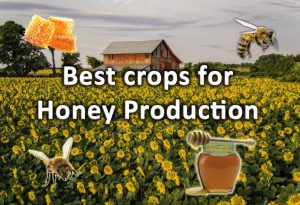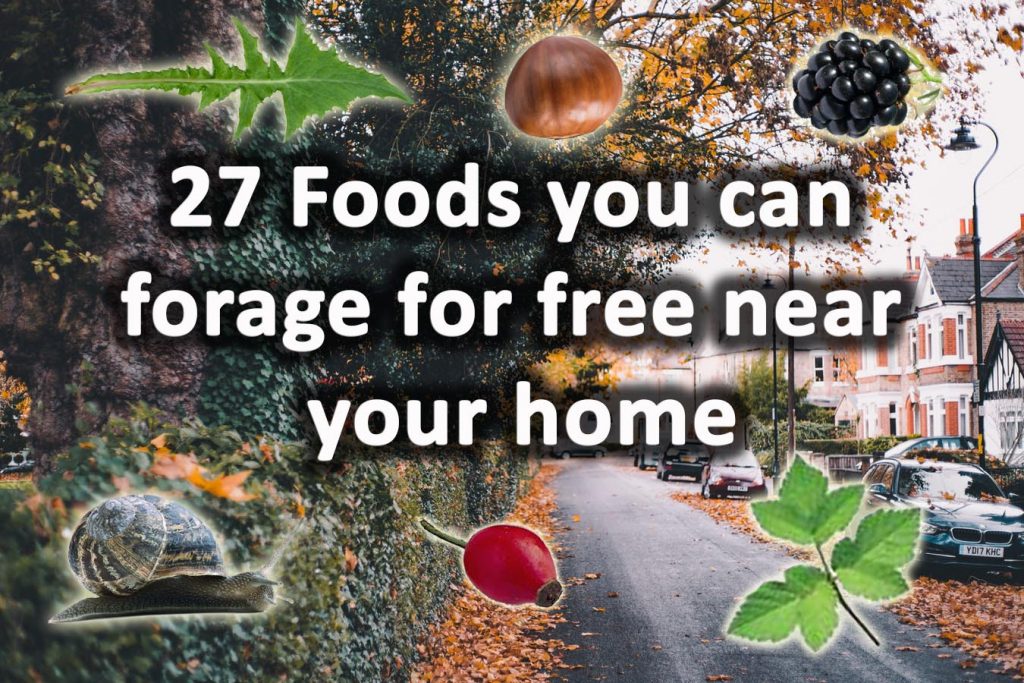For many the idea of feeding themselves without a supermarket is a bit of a radical fantasy. For the first time in history modern society has separated us so far away from our food sources.
Most of us have no idea where our food even comes from let alone what has been added to it. Generally however the ability to grow our own food is hindered by both time and space. Ironically over 95% of our history we have fed ourselves without any form of agriculture whatsoever.
Hunter gathering was our primary source of food harvesting up until about 10,000 years ago. A combination of hunting and foraging was a staple method of human sustenance.
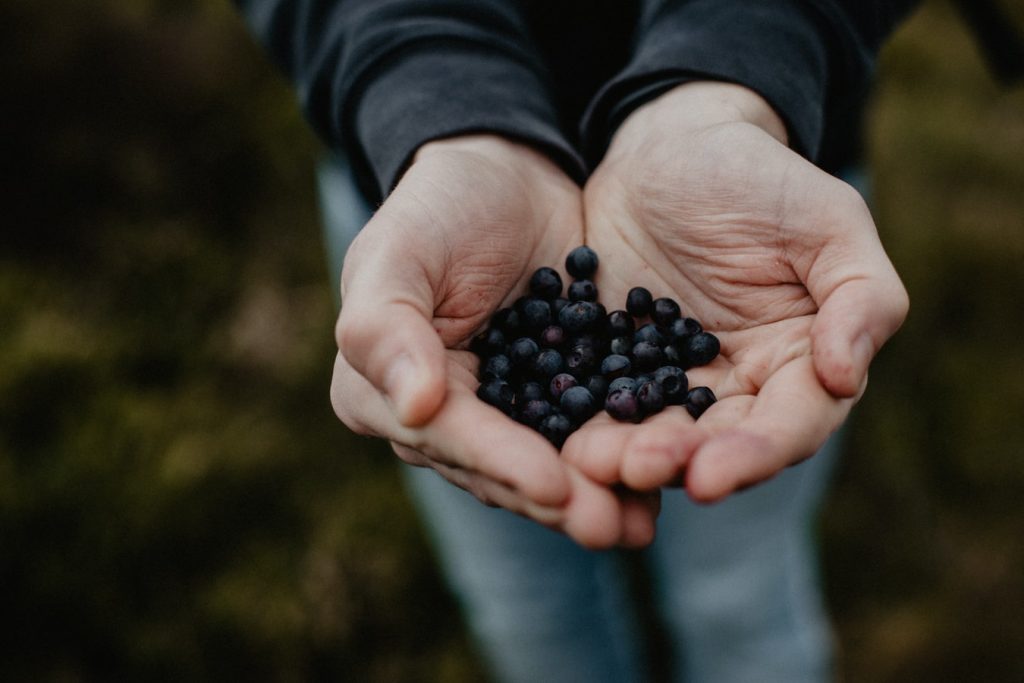
The art of survival was based upon living in harmony with nature and local plant knowledge. Knowing what to eat and what not to eat was a vital part of our existence. Studies of modern tribes have revealed many insights into the way we used to eat.
Looking around your local area it can be hard to imagine there could be anything remotely appetising available. Generally however there is a lot of local bounty if you are prepared to go out and look.
Public parks, gardens, hedgerows, woodlands and even waste ground can provide many a tasty treat. With a little research, curiosity and seasonal knowledge you could soon become a self sufficient foraging guru!
To get you started we have listed 27 foods you can probably forage of free right near your home today!
1. Mallow
The mallow is a widespread perennial and biennial wild plant which thrives in multiple environments. They can be found on open waste ground, along hedgerows and also in woodland. Mallows grow to around a metre high and have both edible leaves and flowers.
Young leaves can be used as a lettuce or spinach substitute or used to thicken up soups and stews. In Eastern Europe the leaves are used to wrap food mixtures in certain recipes. They can even be used to make a refreshing tea.
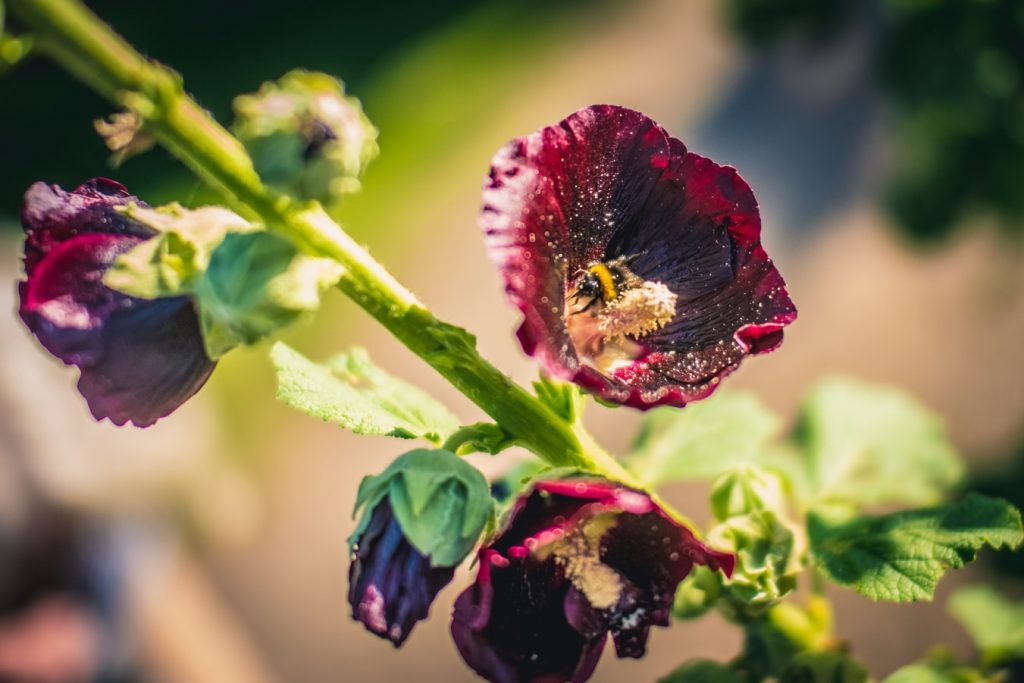
2. Chestnuts
Chestnut trees have glossy leaves and grow to a very large size. Originally from southern Europe they are famous for their edible nut which is traditionally eaten at Christmas time. These are commonly confused with ‘horse chestnuts’ or ‘conkers’ but are very different. Chestnuts have glossy, serrated leaves and with very fine, spiky, seed husks.
These when ripen they split open to reveal a shiny, mahogany coloured nut. The nuts are ripe in October and readily drop from the branches around this time. In fact if you stand quietly in chestnut wood you can actually hear the thumps as they hit the ground.
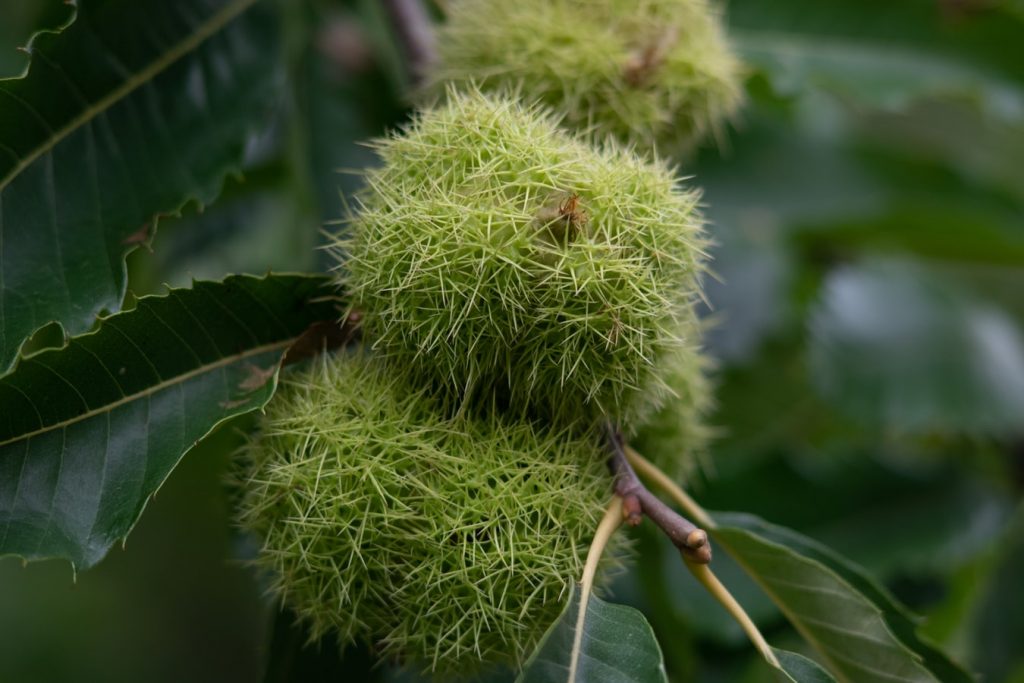
3. Purslane
Common Purslane is an annual, wild plant which is actually a type of succulent. Native to Asia this edible plant has spread across the globe and is extremely rich in nutrients. Most notably in the large amounts of omega 3 fatty acids, it is also rich in potassium, vitamin C and iron.
Purslane is rather drought tolerant and can be found in sunny open areas even in urban locations. It can be used in cooking but is commonly enjoyed in a refreshing summer salad.
4. Wild garlic
Wild garlic also known as Ramsons is a wild allium which grows and flowers in the very early spring. Utilising the early season sunshine before woodland trees leaf out, this wild plant is an indicator of ancient woodland.
In can eventually spread to carpet large areas and when in flower can give off a pungent garlic scent. The leaves of this aromatic plant have both a smell and taste of garlic. It can be too much for some but works extremely well in salads and stir-fry’s.
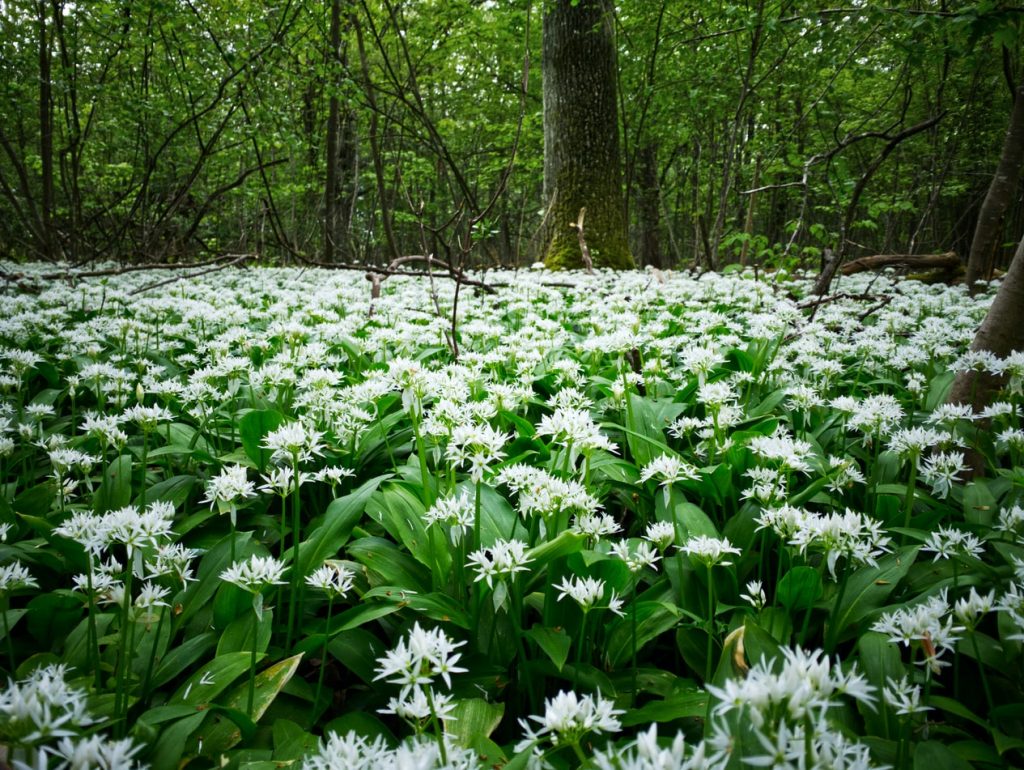
5. Mushrooms
If you venture out into any woodland in Eastern Europe you will see mushroom pickers everywhere. Typically they will have a large basket, a small knife and a cheeky expression on their face.
Mushrooms on the whole are an untapped larder of culinary treasures which money cannot always buy. Some of the unpredictable fruiting of wild mushrooms make them imposable to cultivate! Especially in western countries therefore many of these are left.
There are thousands of types of wild mushrooms and fungi which can pop up anywhere. However the irony is you best not pick them unless you know what you are doing! Some mushrooms are deadly poisonous and can be fatal if eaten.
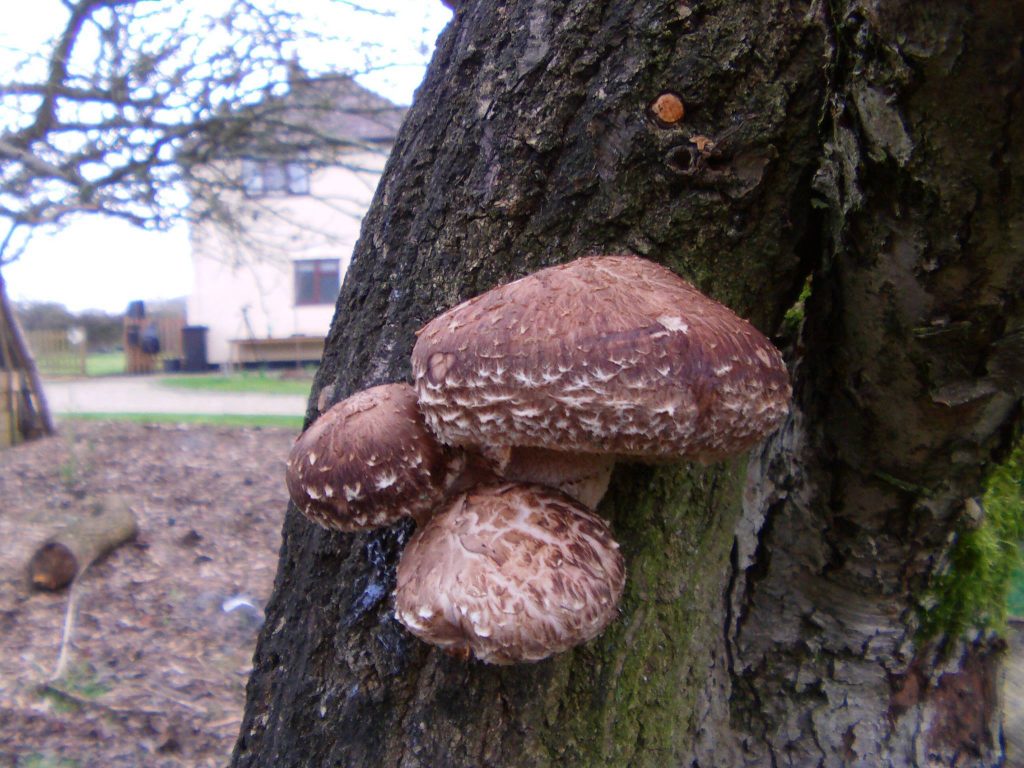
6. Elderflower
Elderflowers are a deciduous shrub typically found in woodlands, hedgerows and waste ground. There are many different varieties of this tree but the referred too ‘common Elder’ is native to European countries.
This small tree is extremely common even in cities and favoured for both its flowers and fruit. The berries can be eaten raw or made into jam. The flowers can be used to flavour summer drinks or made into wine.
7. Ash seeds
Ash trees are very widespread across the northern hemisphere including North America, Europe and Asia. However the European Ash is one of the most widespread of this particular genus. There is probably good reason for this!
The winged seeds can carry for many miles on strong autumn winds. This tree is fast growing and can be found in woodlands or public open spaces. It is the young, winged seeds which can be harvested and eaten raw.
8. Damsons
Damsons are a wild fruit tree which produces a small plum like fruit native to Europe but is very widespread. This tree can be found along hedgerows and waste ground but is also grown in residential gardens.
The fruits are quite astringent which makes them not so popular for raw consumption. They are however very popular for making jams, jellies, chutneys and also wine. These fruit in late summer and are a great food to forage for free.
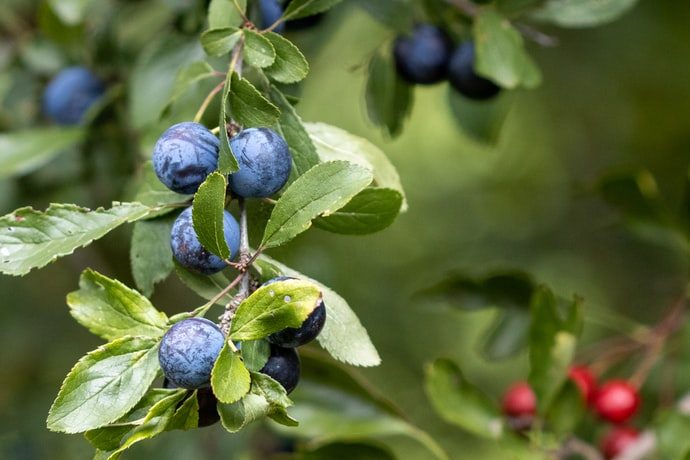
9. Sorrel
Sorrel is a perennial plant commonly used as a salad leaf and herb. Once established sorrel is extremely robust and will produce fresh leaves year after year.
Sorrel is surprisingly widespread and commonly found along hedgerows and embankments. I personally found some growing in a corner of my garden I never knew existed. It has long, arrowed shaped leaves which have a very distinctive, lemony taste.
10. Hazelnuts
Hazels are a very familiar woodland tree and very widespread across Europe and America. It usually forms a large bush along the edge of woodlands and us commonly used as hedging stock. Being so common these are easy to forage from parks and alley ways.
The nuts come in a decorative husk and can once shelled can be eaten raw or roasted. They can also be crushed and flaked onto deserts or ground into flour and then stored.
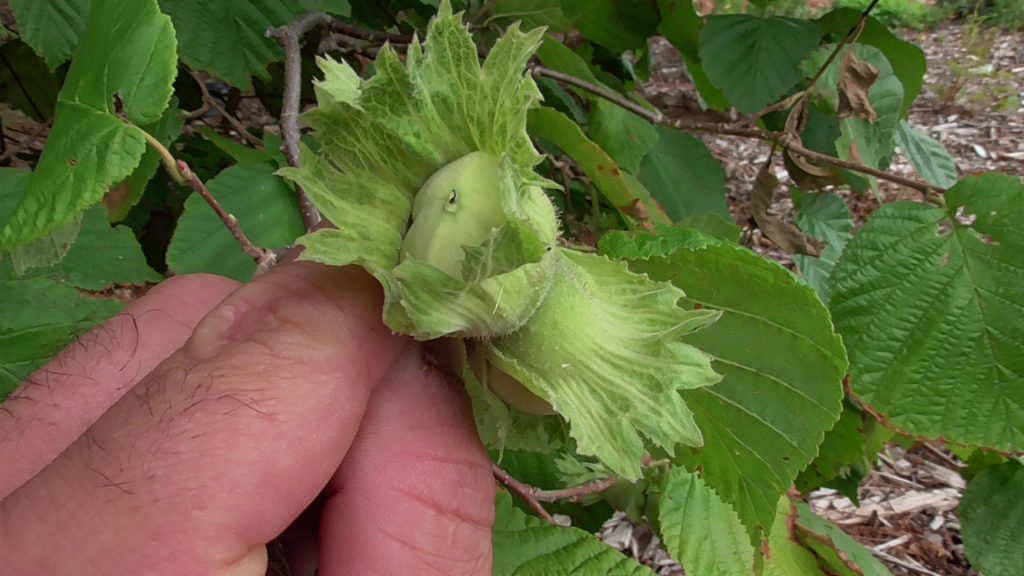
11. Dandelion
Dandelions are very well known wild flowers which probably occupy your lawn and flower borders in good number. These weeds are highly valued as an early source of nectar for bees and are also edible.
The leaves, stems and flowers can all be eaten in salads, stir fry’s or stews. The leaves have a bitter taste particularly later in the season so can be used like radicchio. Due to this plants many known benefits it can be blended into soothes and juice drinks.
12. Lime leaves
The common Lime or ‘linden’ trees are a widespread woodland tree native to Europe. It can be found almost anywhere included planted in avenues along urban roads.
Limes have very soft and lush green leaves which are perfect as a lettuce substitute. The leaves have a very delicate taste and can also be utilised in cooking. This tree will typically throw up fresh shoots from the base of the trunk making it easy to harvest.
13. Nettles
Nettles are a very common, wild perennial plant which generally grows just about anywhere. Usually hated by many for its painful acidic sting nettles are a very interesting plant.
Not only are they great for beneficial insects they have been eaten for thousands of years. Packed with nutrients these should not be eaten raw but cooked first. These can be added to soups, stews and even pies.
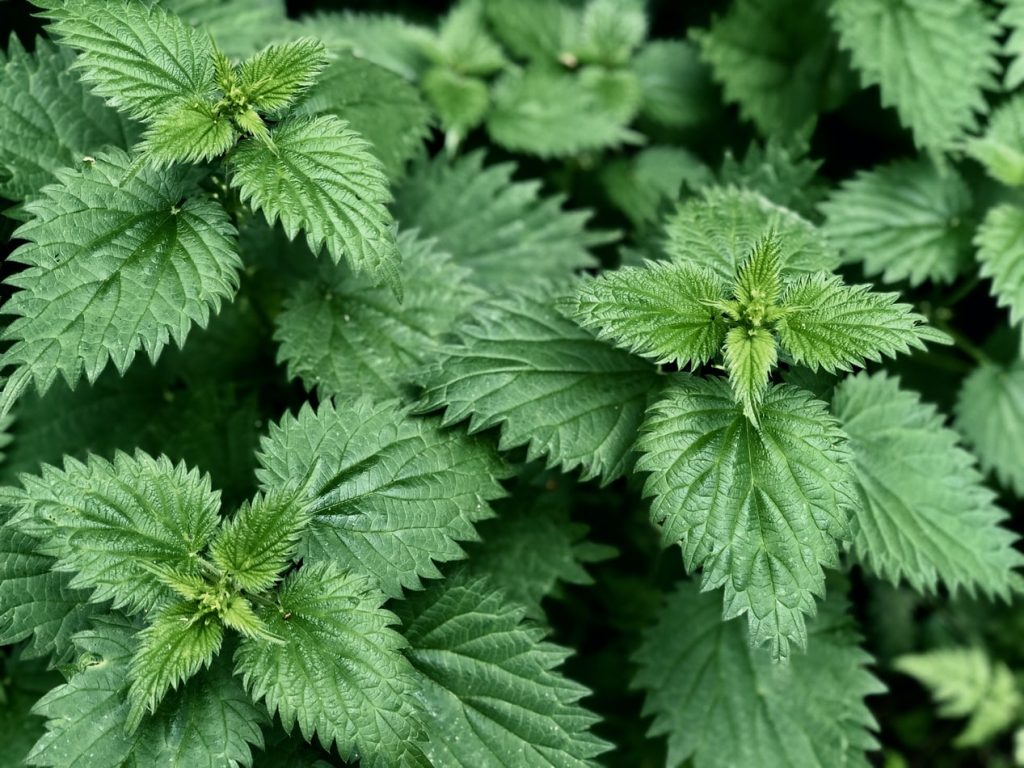
14. Bilberries
Bilberries are a small fruit bush native to Europe and can be found on waste ground and moorland. These are very closely related to the American blueberry and require similar conditions. Bilberries love poor acidic soils and can put up with very challenging growing conditions. They are absolutely delicious and although mainly found in wild locations can pop up near urban settlements. These are well worth keeping your eyes peeled for in late summer.
15. Snails
Not many people realise that the dreaded little lumps of gristle which eat our plants are delicious! In fact it was the Romans who spread the common snail across most of Europe for food.
Garden snails are not even thought of as a survival food but as a fine delicacy! Snails can be collected on mass, drowned in salty water and then fried. I can tell you from personal experience they are awesome!
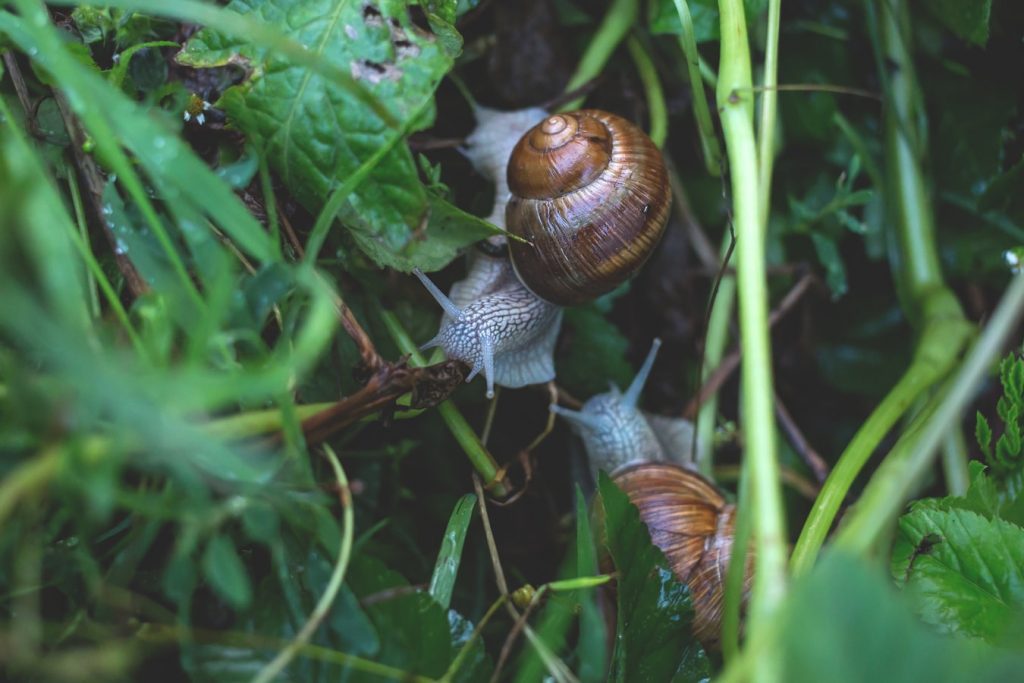
16. Beech nuts
Beech trees are very common in woodlands across Europe Asia and North America. As well as being common they were also planted on mass in areas not good for farming. This is due to the fact their timber is extremely useful particularly for furniture making.
These trees grow to a large size and are distinguishable from their smooth, silver bark. The nuts, usually contained in a distinctive husk are both delicious and nutritious. These can be collected in late summer.
17. Bullace
The Bullace is a wild plum which is commonly found in numerous areas including woodland and hedgerows. Birds spread the seeds freely via droppings and are consequently found on vacant lots and waste ground.
These are very similar to Damsons but smaller and come in a wide range of colours. Although larger than Sloes they are also similar and very acidic. This makes them perfect for jams, jellies, pies or wine making.
18. Ground elder
Ground elder is a well known wild plant and also a very notorious weed. It is well known that once Ground elder becomes established it is almost impossible to get rid of. This is due to its very fibrous and extensive root system.
Believe it or not this was another import of the Romans who brought it to Britain for food. This wild plant has an edible leaf and has a very similar taste to parsley. Ground elder can be found growing in parkland, woodland glades and waste ground.
19. Crab apples
Crab apples are the original, wild ancestors of the modern apple of which there are now thousands of varieties. Although these fruits are still found wild across the northern hemisphere they have an allure all of their own.
Crab apples have also been selectively bred for their radiant blossom and brightly coloured fruit. Also popular as an ornamental, crab apples can be found both in cities and in the countryside. Although fruits are smaller than conventional apples there are generally more of them. This makes them a foragers delight in late summer and they taste amazing!
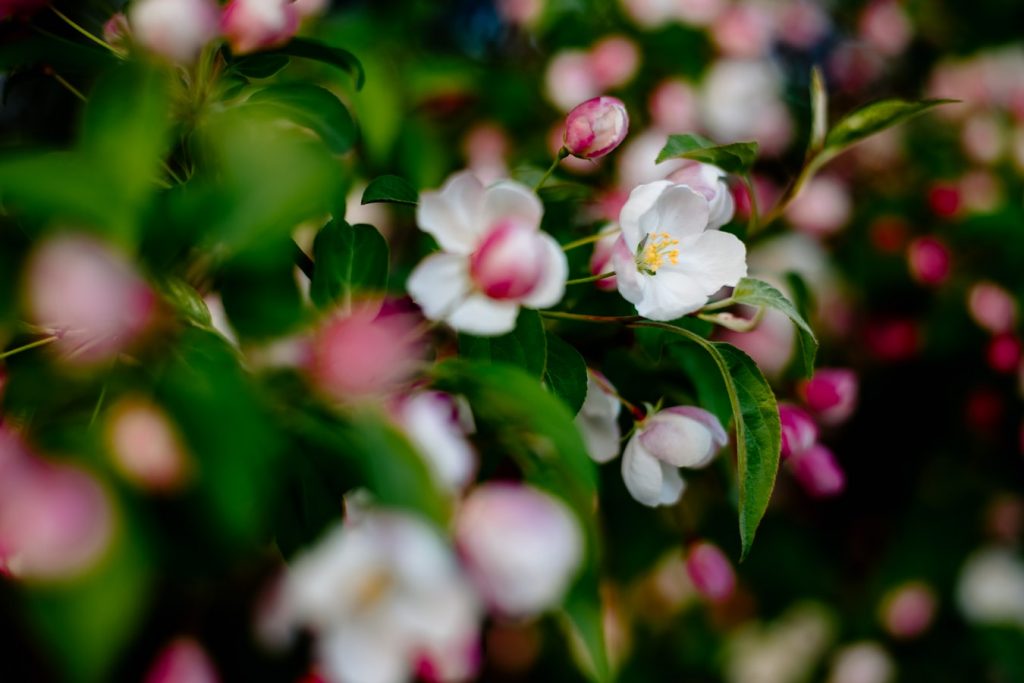
20. Rosehips
Rosehips are the large berries which form at the base of rose flowers. Due to selective breeding for the ornamental market these have become smaller over time. However, wild roses and some ornamental cultivars do still have very large hips.
Wild roses like ‘Rosa Carnea’ and ‘Rosa Rugosa’ are typically found growing wild even in urban areas. These roses climb over wire fences and take hold behind old sheds. In late summer the delicious hips can be eaten raw or made into jellies or wine.
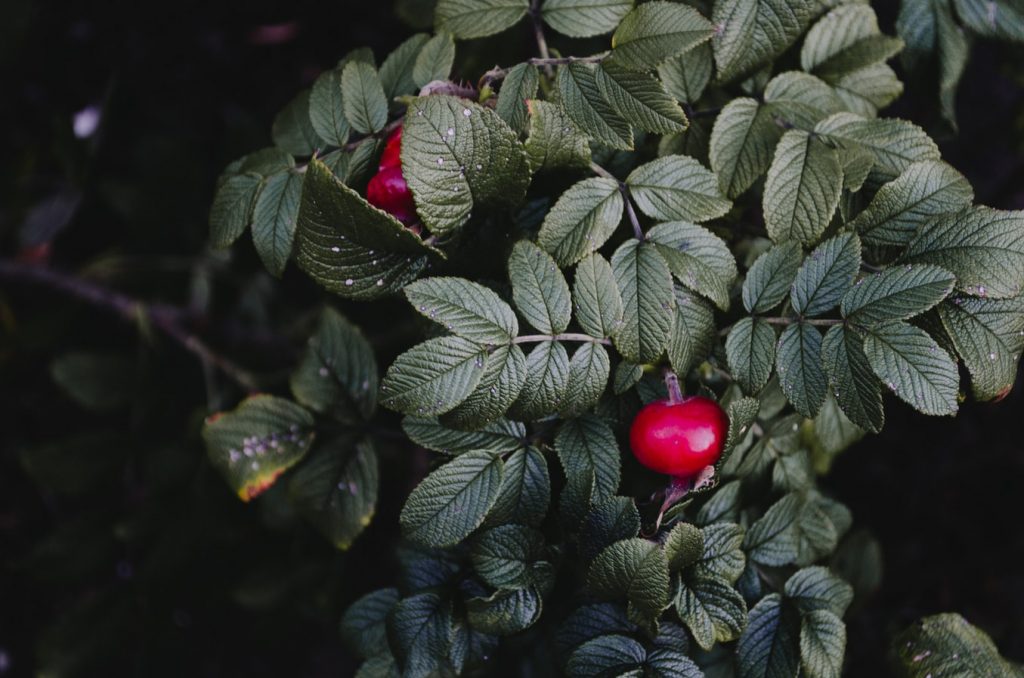
21. Walnuts
Walnuts are a delicious nut enjoyed by millions and are a very widespread nut tree. The Walnut has also historically become a popular ornamental tree in parks and gardens.
This has allowed it to semi naturalise in many regions and can sometimes be found growing wild. The nuts are encased within a firm fruit and can be harvested during the autumn months.
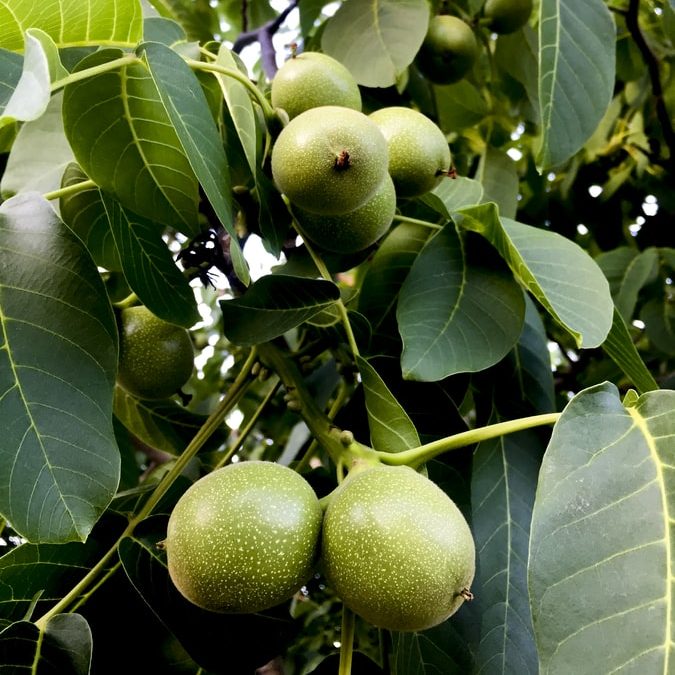
22. Hawthorn
Hawthorn is an extremely common and widespread shrub native across the northern hemisphere. It has a dense growing nature with thorny stems which makes it very popular as hedging stock.
Hawthorn can be found growing pretty much everywhere including urban parks to rural hillsides. In summer it produces clusters of small fruits which are edible. Although you would have to collect many of them to make a substantial meal.
23. Pine nuts
Pine trees are extremely widespread across the world and range from Polar Regions to arid climates. Their adaptability makes them very familiar in the landscape wherever you reside. From local woodlands to urban parks you are sure to find them pretty much anywhere.
Most pine nuts are actually edible and can be added to salads and seed mixes. The most typical variety harvested for food are the Korean white pine and Italian stone pine.
24. Plantain
The name plantain actually describes two common wild plants; Greater Plantain and Lesser Plantain. Both of these ‘weeds’ are usually instantly recognisable to most people. This is because both plants colonise pavements and garden lawns with ease.
These plants are very prolific in the northern hemisphere and most gardens have at least one. The leaves and seed heads can be eaten raw or cooked and have many health boosting qualities.
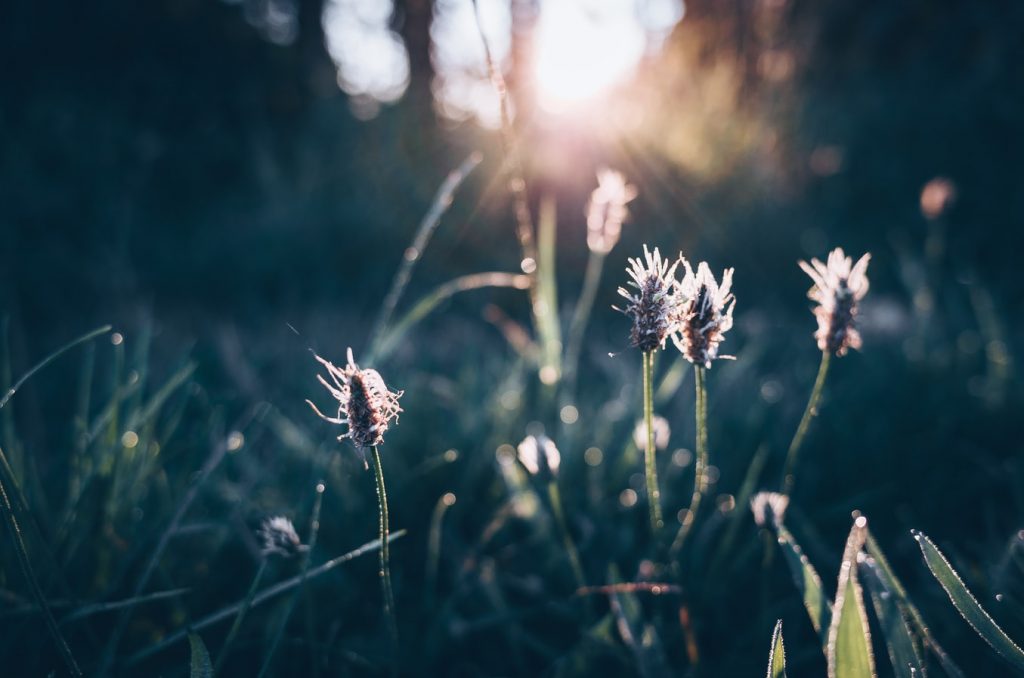
25. Blackberries
Blackberries are a well known, thorny, woody vine which has an extremely invasive growing habit. If left unchecked these plants form large, busy thickets which are almost impenetrable. These spread over large distances by birds ingesting the fruit and pooping out the seeds.
Generally most locations have them, from wild woodlands to town centres. These vines produce large, juicy, berries in late summer which are delicious. These can be made into jams, jellies and also wine!
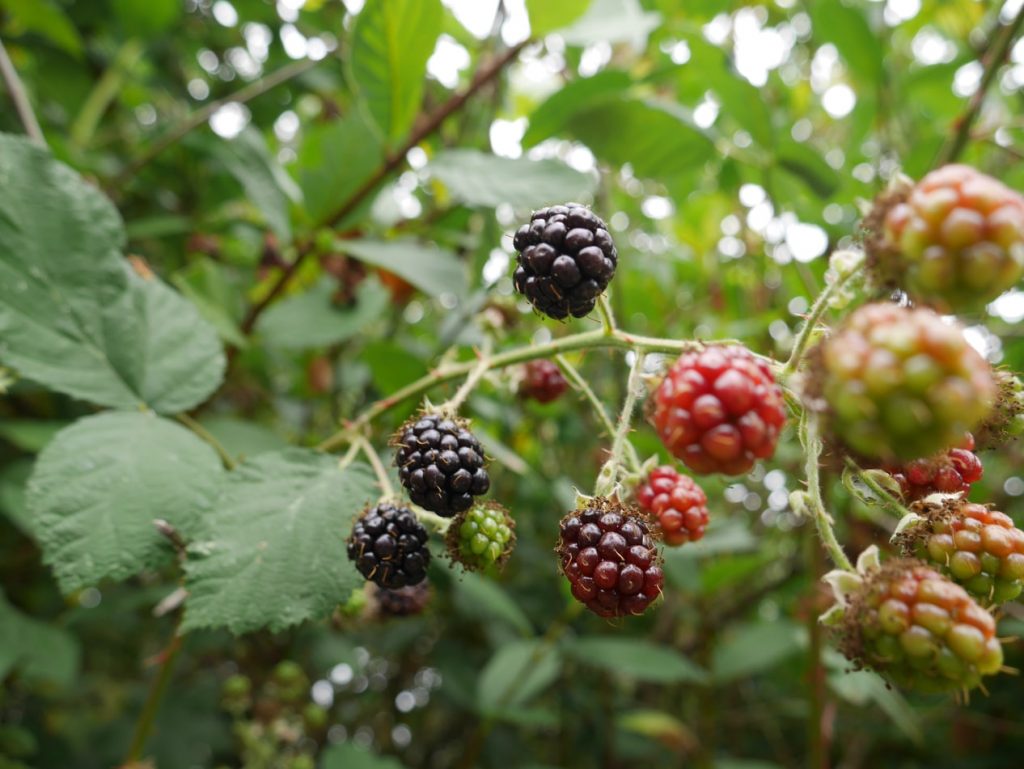
26. Fat hen
Also known as Goosefoot or Lambs quarters this wild annual plant is native to both Europe and Asia. However it has now naturalised across the world and thrives on nitrogen rich soil.
This makes it a very common garden weed with the ability to colonise new, bare soil quickly. In Africa and India it is actually cultivated as a grain crop and leafy green. Both the leaves and seed heads are edible and is said to be extremely health promoting.
27. Ostrich fern
Ostrich fern is a common, woodland plant which grows abundantly across the forests of the northern hemisphere. This perennial fern grows from its base every spring and creates small colonies via its root system.
The fern itself looks very similar to an Ostrich feather and can reach up to a metre in height. Also known as fiddle heads the young shoots look like fiddle handles and are edible. These young emerging shoots can be harvested and cooked as an asparagus crop in early summer.
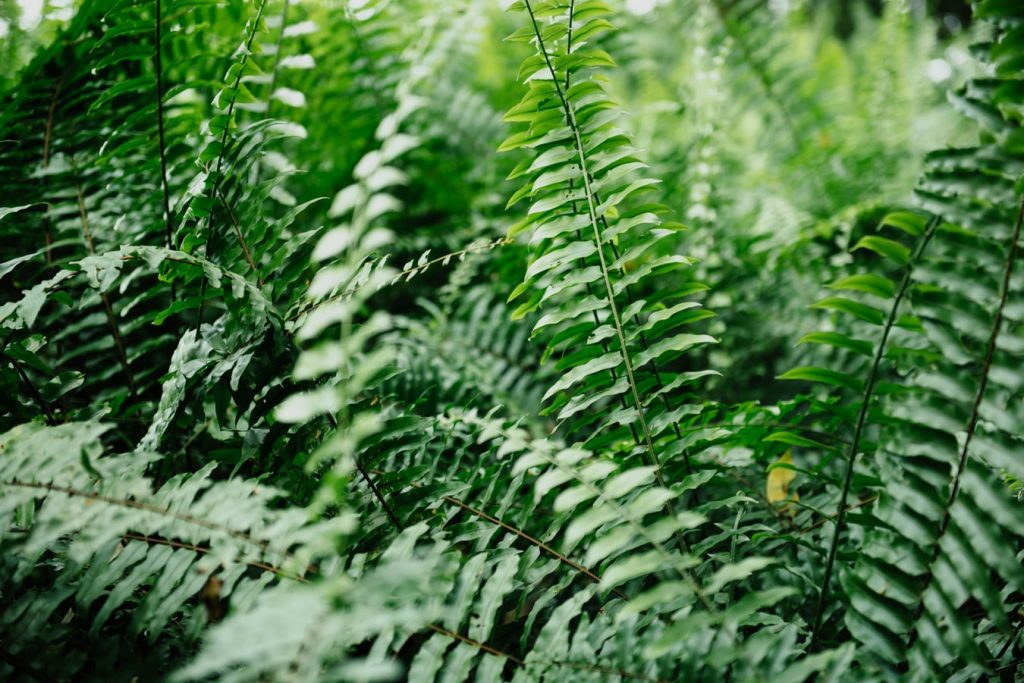
Thank you for reading our article on wild foods you can forage near your home. Did we leave anything out? If so we would love to hear from you by commenting below.
Back to home

How Self Sufficiency and Homesteading can stop Climate Change

How much land do you need to be self sufficient?
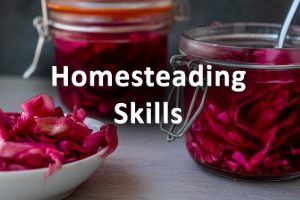
Homesteading skills, for Self Sufficiency
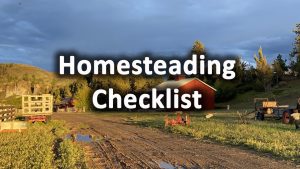
Homesteading Checklist for self sufficiency

A beginner’s guide to self sufficiency & its benefits

15 recipes for self sufficiency

How many chickens do you need to be self sufficient?
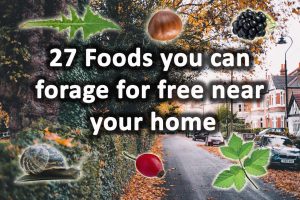
27 foods you can forage for free near your home
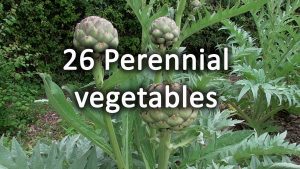
26 Perennial vegetables for the garden

Self sufficient homes

31 Homesteading projects

15 Ways to Store Food without Electricity

The best Climate for self sufficiency
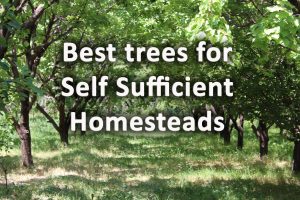
The most useful 22 Trees for a self sufficiency & homesteading

31 Vegetables for self sufficiency

What animals do you need to be self sufficient?

How to stop Climate Change with Crops – Crops for climate change
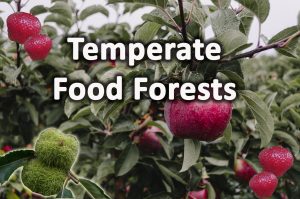
Temperate Food forests

32 Homesteading products for self sufficiency

10 Ways to Sustainably Heat Your Home

10 Ways self sufficient homesteading can be good for your health
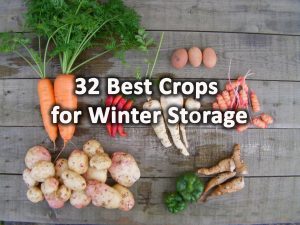
32 Best Crops for Winter Storage
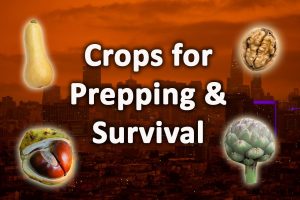
34 crops for prepping and survival

How to make a self sufficient garden
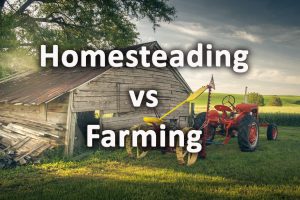
Homesteading verses farming what’s the difference?
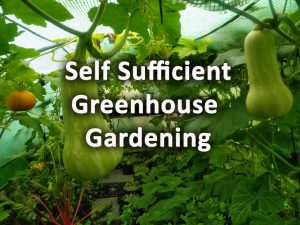
Self sufficient greenhouse gardening
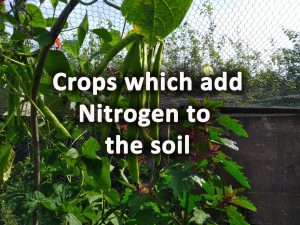
12 Crops which add nitrogen to the soil

32 of the best crops for Polytunnels

12 Best Crops for Carbon Sequestration
